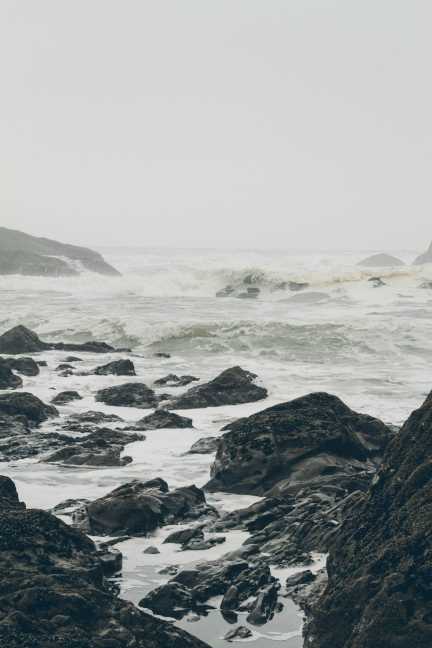Hiking alone can be a fulfilling and empowering experience, allowing you to connect with nature and yourself on a deeper level. However, it is important to take precautions to ensure your safety while on the trails. Here are some tips for staying safe while hiking alone:
1. Plan ahead: Before heading out on your hike, make sure to research the trail you will be hiking, including its difficulty level, terrain, and any potential hazards. Familiarize yourself with the area and bring a map or GPS device with you to avoid getting lost.
2. Tell someone your plans: Always let someone know where you will be hiking and when you expect to return. This way, if you do not return on time, they can alert authorities and help locate you.
3. Pack essentials: Make sure to pack essential items such as water, food, a first aid kit, a whistle, a flashlight, and a fully charged cell phone. It is also a good idea to bring a knife or multi-tool, a compass, and a fire starter in case of emergencies.
4. Dress appropriately: Dress in layers and wear sturdy footwear that provides good traction. Be prepared for changes in weather by bringing extra clothing, rain gear, and sun protection like a hat and sunscreen.
5. Stay on marked trails: Stick to marked trails and avoid taking shortcuts or wandering off the path. Venturing off-trail can lead to getting lost or encountering dangerous terrain.
6. Be aware of your surroundings: Pay attention to your surroundings and stay alert at all times. Watch out for wildlife, potential hazards like cliffs or steep drops, and any changes in the weather.
7. Trust your instincts: If something feels off or unsafe, trust your instincts and turn back. It is better to be safe than sorry, and it is okay to abandon a hike if you feel uncomfortable or at risk.
8. Practice leave no trace principles: Respect the environment by practicing leave no trace principles, such as packing out all trash, staying on designated trails, and avoiding disturbing wildlife or plants.
9. Stay hydrated and fueled: Make sure to stay hydrated by drinking water regularly and snacking on high-energy foods to keep your energy levels up. Dehydration and exhaustion can lead to accidents and injuries on the trail.
10. Be mindful of wildlife: Always keep a safe distance from wildlife and avoid feeding or approaching animals. Be aware of the potential risks of encounters with wildlife and know how to respond if you do encounter them.
11. Carry a personal safety device: Consider carrying a personal safety device such as a personal locator beacon (PLB) or a satellite messenger in case of emergencies. These devices can alert authorities to your location and provide a way for you to communicate if you are in trouble.
12. Stay calm in an emergency: If you find yourself in a dangerous situation, such as getting lost or injured, stay calm and assess the situation. Use your resources, such as your map or GPS device, to try to find your way back to safety. If you are unable to do so, signal for help with your whistle or flashlight and wait for rescuers to arrive.
By following these tips for staying safe while hiking alone, you can enjoy the many benefits of solo hiking while minimizing the risks. Remember to always prioritize your safety and make responsible choices while out on the trails. With proper preparation and caution, you can have a safe and enjoyable hiking experience alone.


